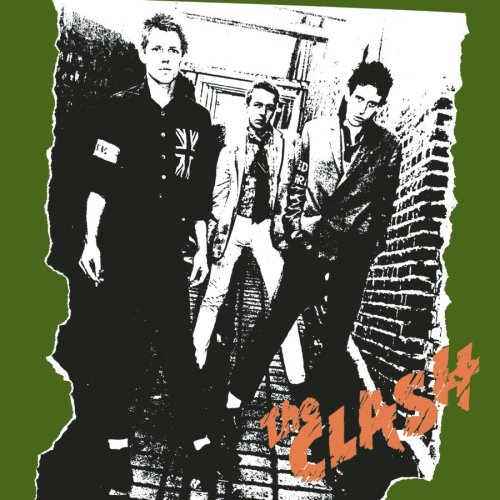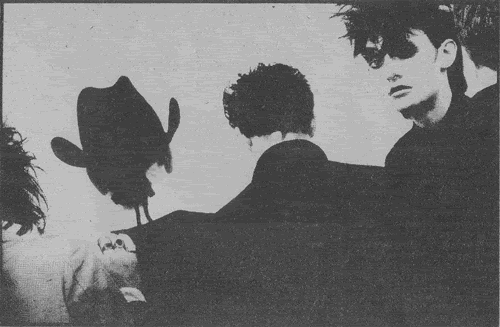I read this last week and thought it was excellent. She gives a plausible explanation of his personality and the inevitability of his demise.
The band members do not emerge with much credit, as they seem (even now) to think that Curtis was willing to do the American tour and that his suicide occurred during a period when he had seemed to be doing relatively OK by his standards. This book shows I think convincingly that he had no intention of going to the US and was infact putting up a front to his bandmates.
The band members do not emerge with much credit, as they seem (even now) to think that Curtis was willing to do the American tour and that his suicide occurred during a period when he had seemed to be doing relatively OK by his standards. This book shows I think convincingly that he had no intention of going to the US and was infact putting up a front to his bandmates.
















Comment